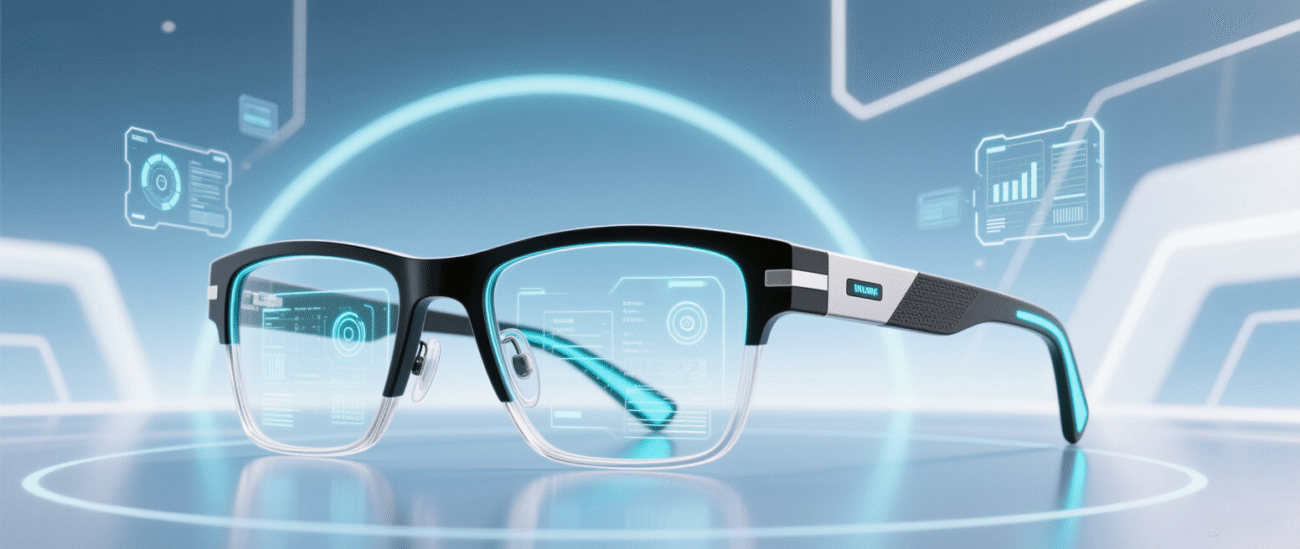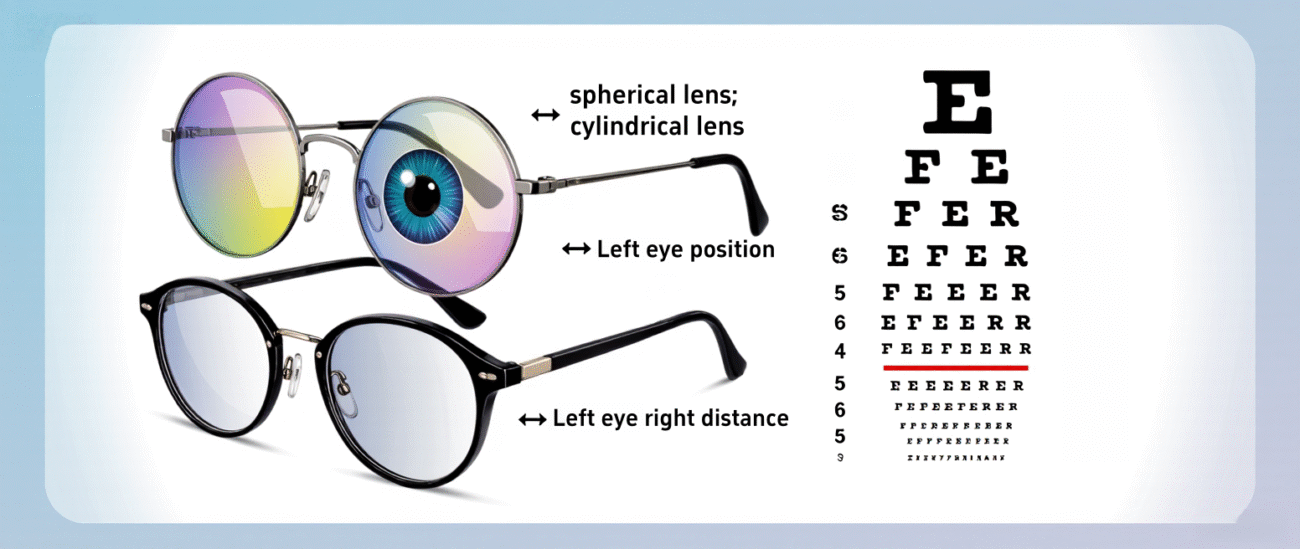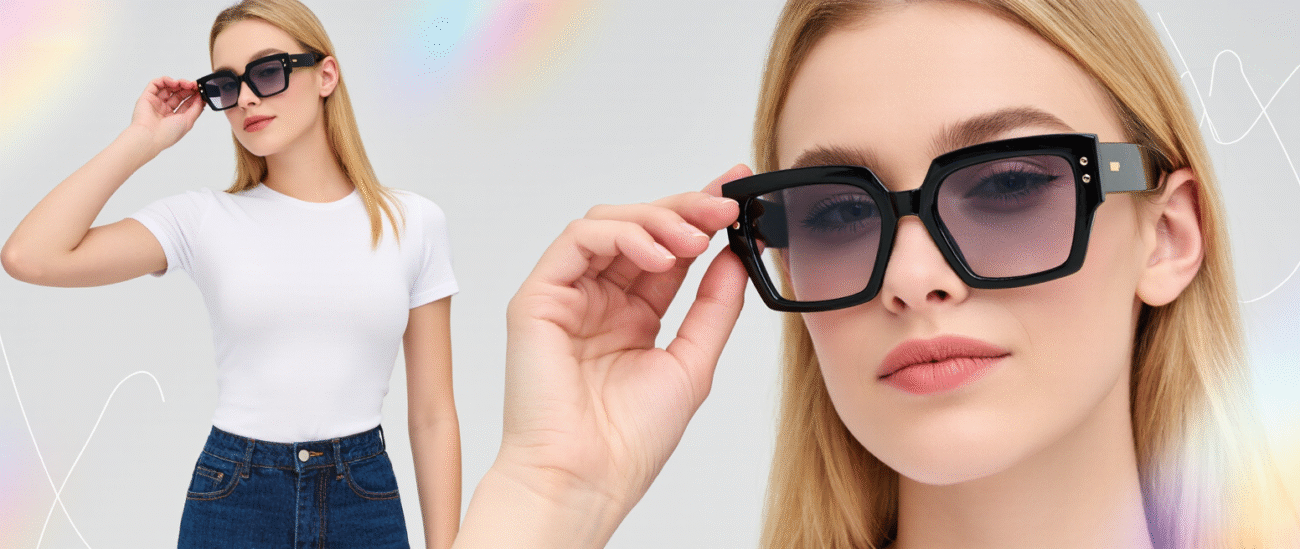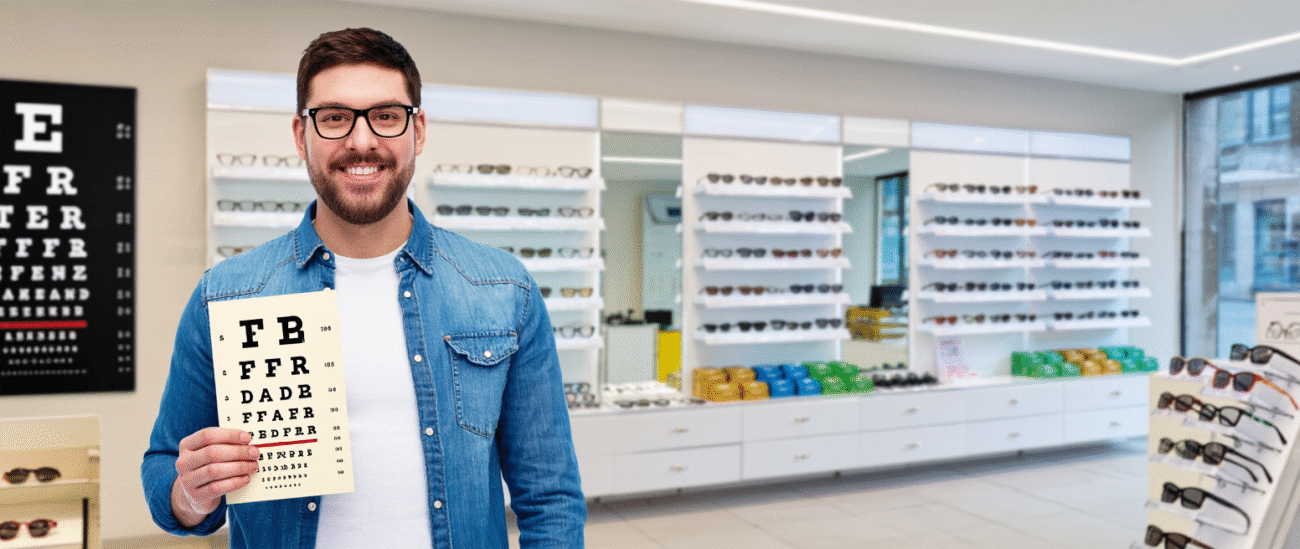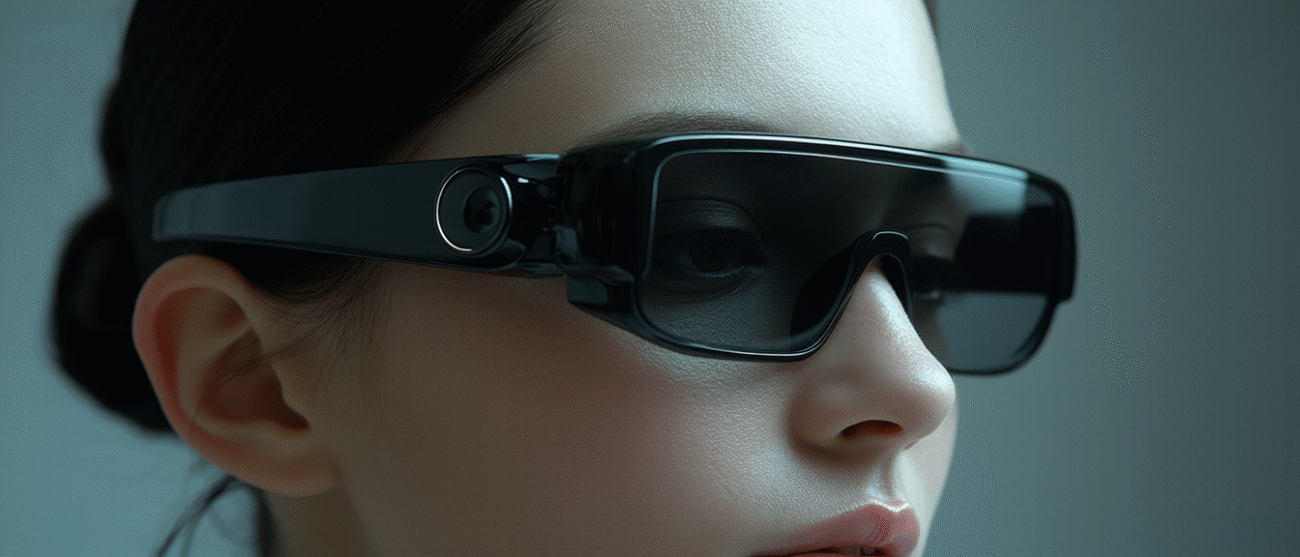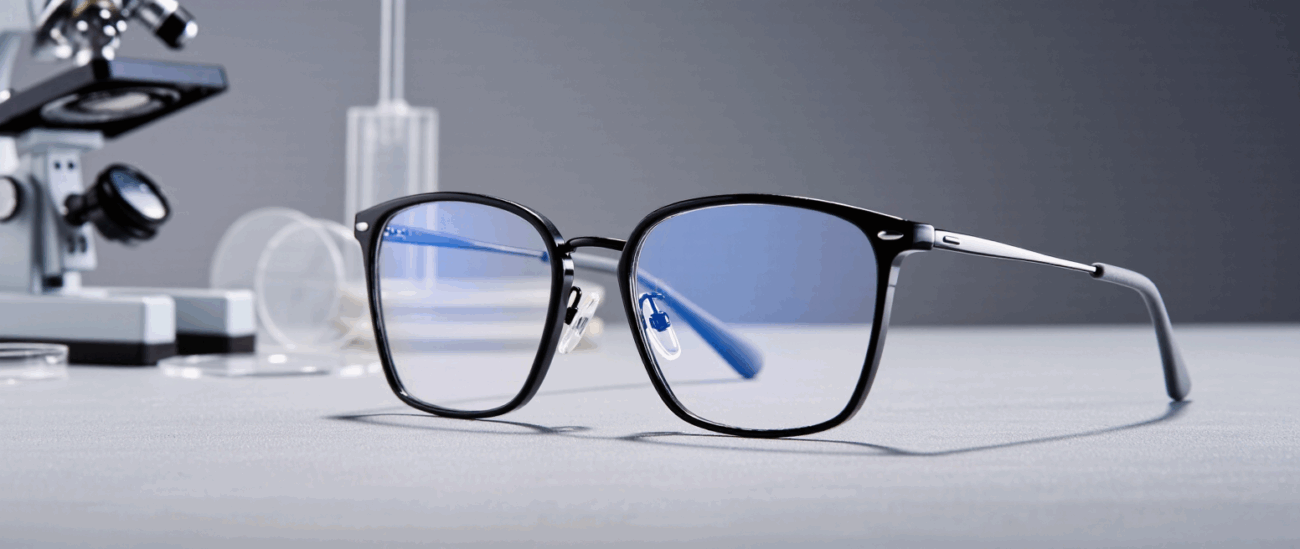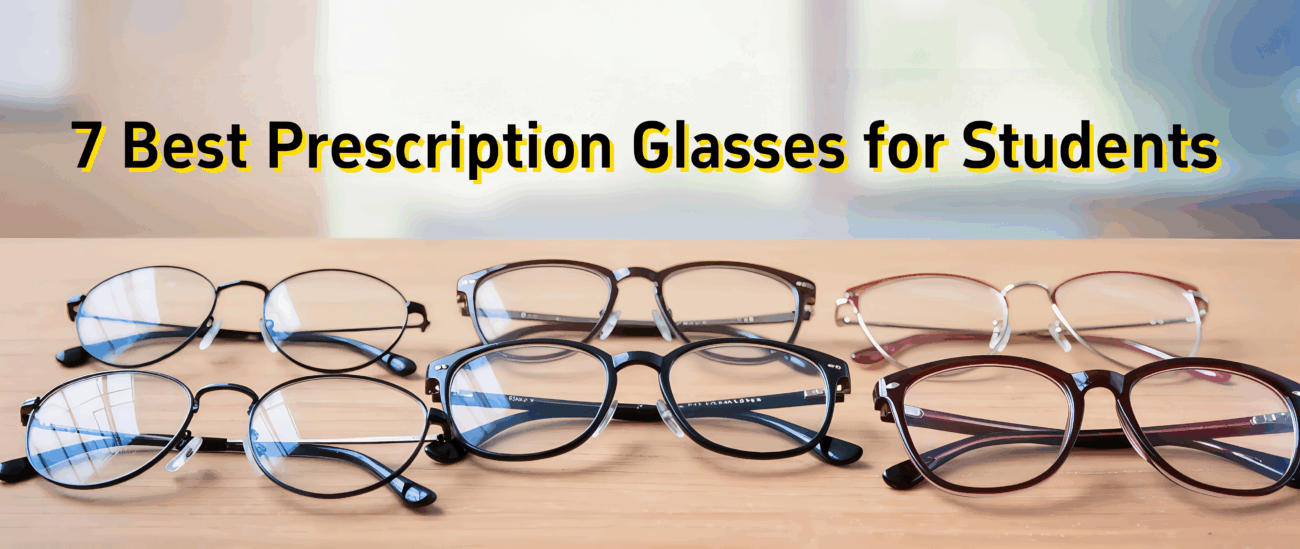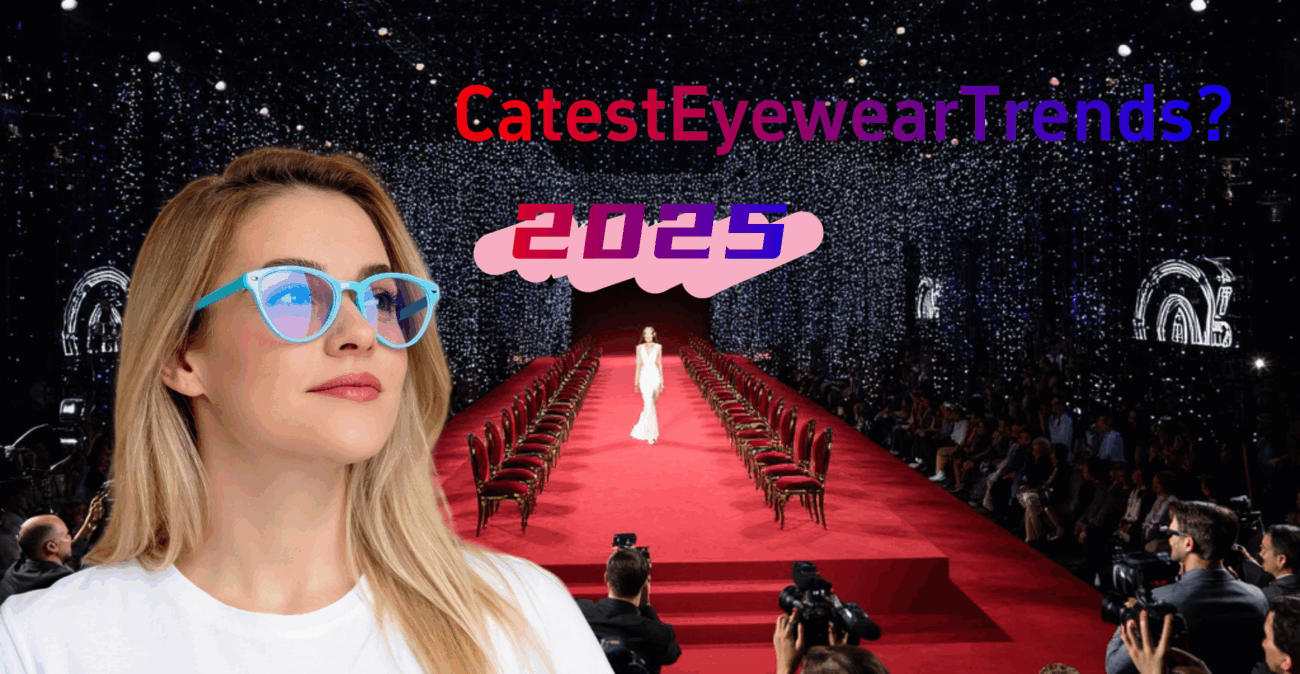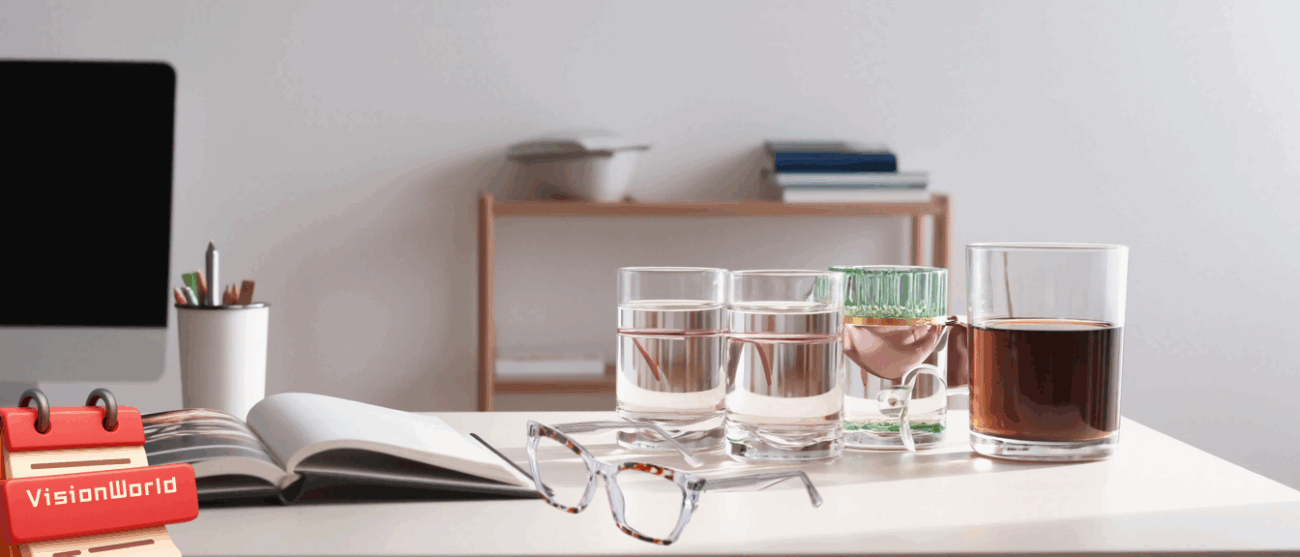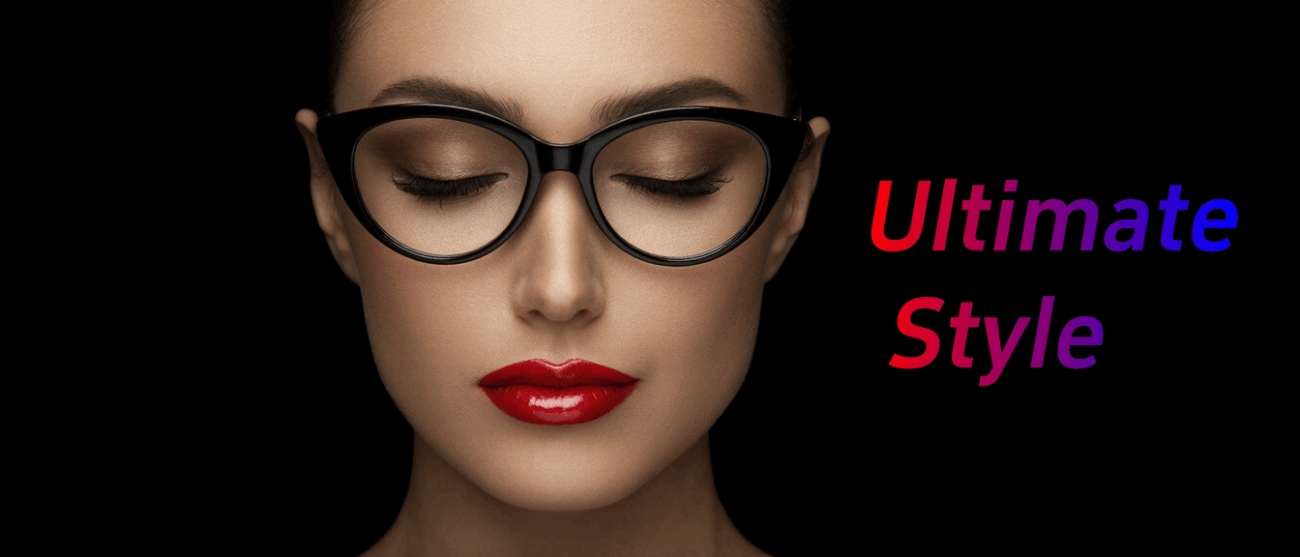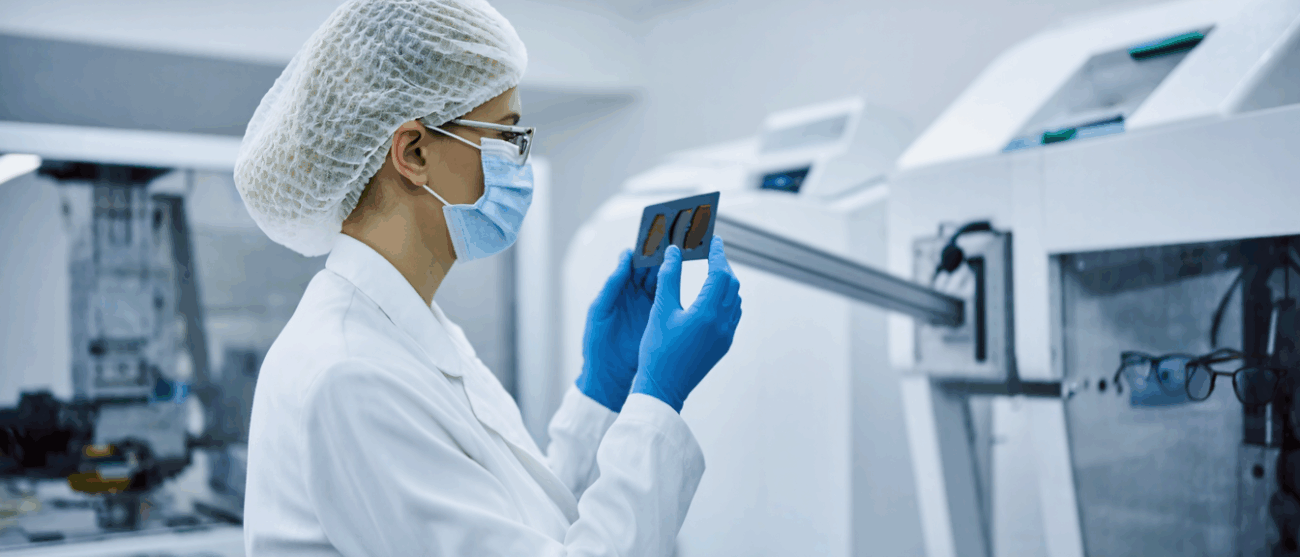Blog
best blue light blocking glasses for programmers
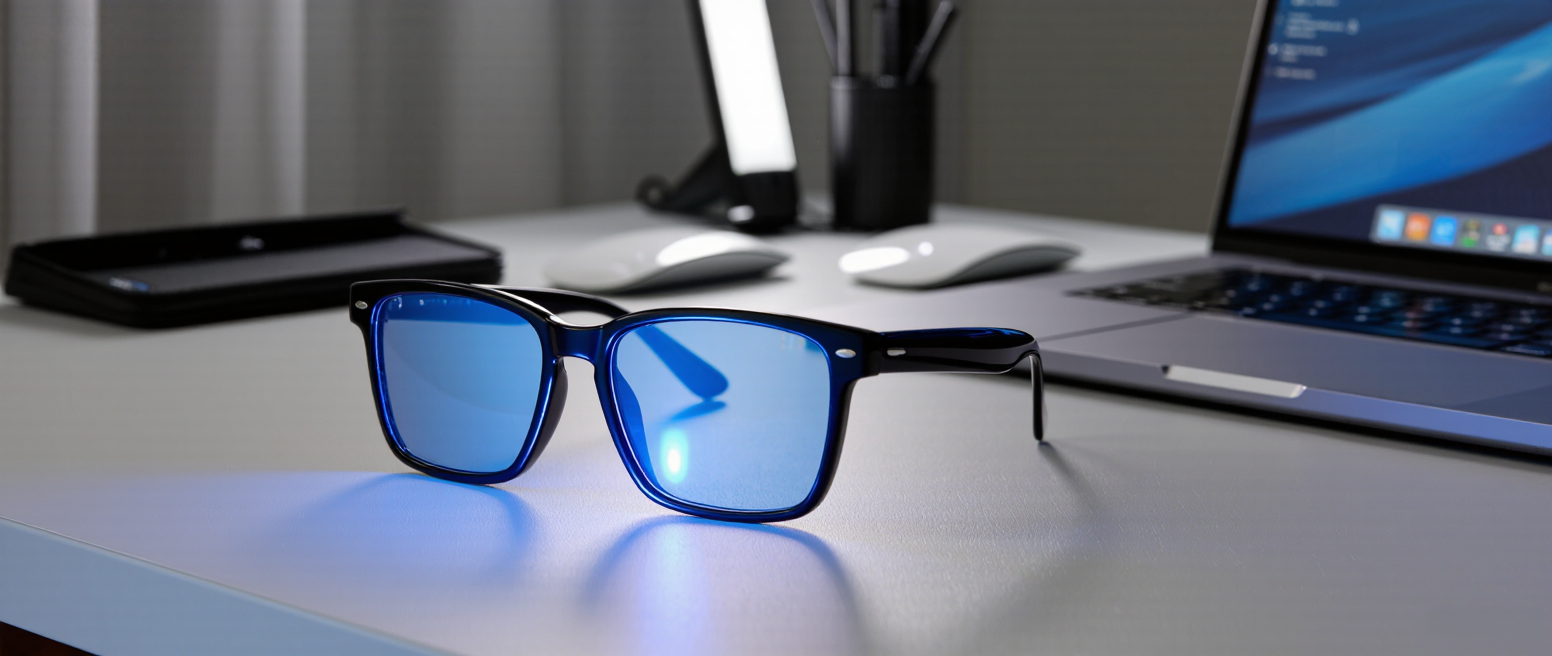
The Best Blue Light Blocking Glasses for Programmers in 2025: A Ultimate Guide
For programmers spending 8+ hours daily staring at code, blue light glasses aren’t a luxury—they’re essential tools to combat eye strain, improve sleep, and boost productivity. Here’s how to choose the right pair based on technical specs, comfort, and real-world coding needs.
🔍 Why Programmers Need Specialized Blue Light Glasses
1. Extended Screen Exposure: Coding marathons expose eyes to high-energy blue light (415-455nm), linked to digital eye strain, dryness, and sleep disruption.
2. Color Accuracy Demands: Unlike gamers or casual users, programmers require lenses that minimize color distortion for accurate code readability.
3. Comfort for Long Sessions: Lightweight frames and anti-pressure designs are critical to avoid headaches during prolonged wear.
⚙️ Key Features for Developer-Focused Glasses
Feature Why It Matters for Programmers Ideal Specs
Blue Light Filter Reduces eye strain without distorting screen colors 40-50% blockage (410-450nm)
Lens Clarity High Abbe value (>40) ensures minimal chromatic aberration for sharp text HD polycarbonate/CR-39
Frame Comfort Lightweight materials prevent ear/nose pressure during long sessions TR90/titanium, <25g
Anti-Glare Coating Eliminates reflections from overhead lighting for better focus Multi-layer AR coating
🏆 Top Picks for Programmers (2025 Edition)
1. Zeiss BlueGuard Professional:
· Blockage: 45% blue light (415-455nm) + UV400 protection.
· Perks: Premium anti-reflective coating, zero color shift, and compatibility with prescription lenses.
· Best For: Developers needing color accuracy (e.g., frontend engineers).
2. Gunnar RPG with Amber Lens:
· Blockage: 65% HEV blue light + proprietary Digital Eye Strain Reduction technology.
· Perks: Wraparound design for peripheral coverage, slight magnification reduces focus fatigue.
· Best For: Gamers transitioning to coding or nighttime programmers.
3. VGO Titanium Frames:
· Blockage: 98% harmful blue light (per GB/T 38120-2019 standard).
· Perks: Aerospace-grade titanium (under 7g), hypoallergenic silicone nose pads.
· Best For: All-day wear without pressure marks.
4. XREAL One Pro AR Glasses:
· Blockage: Smart adaptive filtering + retinal-level clarity.
· Perks: 57° FOV for multi-window coding, reduces need for physical monitors.
· Best For: Futuristic developers embracing spatial computing.
💡 Pro Tips for Programmers
· Filter Level: Avoid 100% blue light blockage—it causes excessive yellow tint, distorting IDE syntax colors.
· Fit Matters: Prioritize frames with adjustable nose pads and spring hinges for movement during debugging focus.
· Pair with Habits: Use the 20-20-20 rule (every 20 minutes, look 20 feet away for 20 seconds) alongside glasses.
📊 Why These Glasses Work
Clinical studies show a 35-40% reduction in eye strain for users wearing targeted blue light glasses during 6+ hour screen sessions. Brands like Gunnar even report improved sleep quality due to melatonin protection.
Ready to Code in Comfort? Explore our curated selection of programmer-tested glasses combining optical science and ergonomic design. Your eyes will debug faster than your code!
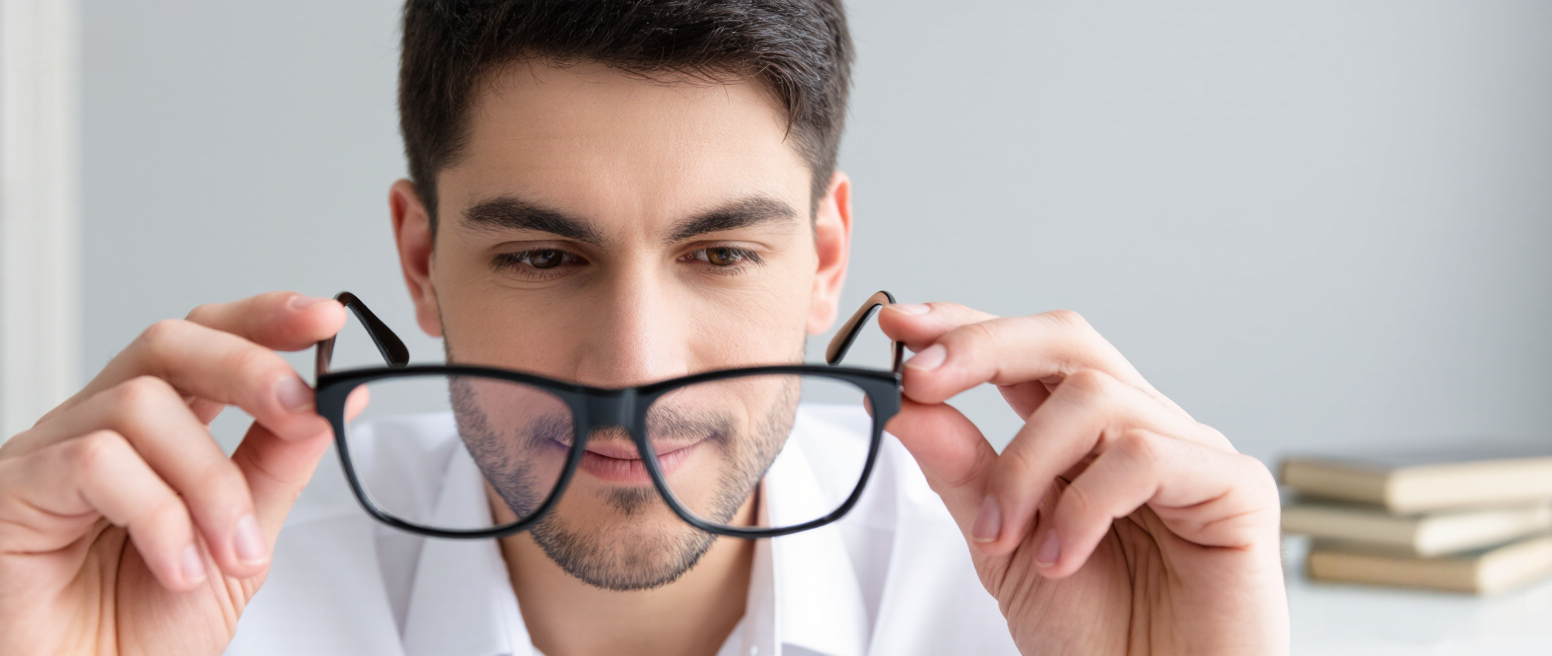
Attention to heavy screen workers
How to determine if your blue light glasses are genuine?
VisionWorld Tips
2025 Blue Light Barrier Glasses Guidelines:
Wondering if your blue light glasses actually work? Follow these expert-backed methods to verify their authenticity and protect your eyes effectively.
1. Check the Label & Certification
Authentic blue light glasses include "Blue Light Blocking" labeling and specify the protection range (e.g., 415-455nm). Look for compliance with ANSI Z80.3 or ISO 12312-1 standards, often listed on the frame or packaging.
2. Observe the Lens Tint
Genuine lenses have a faint yellow or amber tint (never clear or dark yellow). Tilt them under light—a blue-violet reflection indicates a protective coating.
3. Use the Screen Test
Place glasses over a digital screen displaying solid blue. If the blue appears dimmed or yellowish, the glasses likely block blue light. No change? They’re probably fake.
4. Verify with a Blue Light Flashlight
In a dark room, shine a blue light flashlight (available online) through the lenses. Real blockers will significantly dim or filter the light.
5. Demand a Spectral Report
Legitimate brands provide spectral data reports showing precise blue light blockage (e.g., 30-50%). Avoid products without transparent testing credentials.
Pro Tip: Buy from reputable brands like Warby Parker or Zenni, and avoid vague claims like "100% blue light blocking"—this often signals scams and distorts color accuracy.
Stay informed and protect your vision with verified gear! Explore our independently tested recommendations for trustworthy options.

